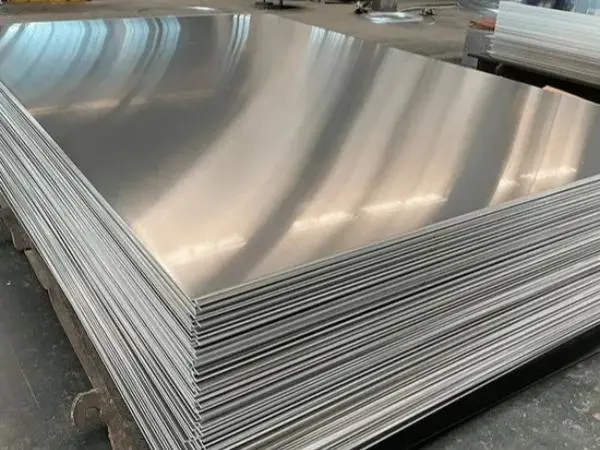- Phone0086 731 8564 8255
- E-mailsales@cscsteel-manufacturing.com
-

Carbon steel is an alloy steel with a high carbon content. While it offers strength and durability, it is prone to rusting due to its iron content. When exposed to oxygen and moisture in the environment, carbon steel undergoes oxidation, forming iron oxide (rust). The corrosion resistance of carbon steel pipes (CS pipes) is relatively low, especially in damp, acidic, or alkaline conditions. Here’s an overview of the causes of rusting in carbon steel pipes and how to prevent it.
Continental Steel Co.,Ltd is professional carbon steel pipes manufacturer, for more details, please contact:sales@cscsteel-manufacturing.com
Reasons for Rusting of Carbon Steel Pipes
The rusting of carbon steel pipes is primarily caused by the interaction of the steel surface with external factors such as oxygen, moisture, and chemicals. Here are the main contributors to rust formation:
- Exposure to Moisture
When carbon steel pipes are exposed to moisture or water for extended periods, oxidation occurs on the surface, forming iron oxide (rust).
- Atmospheric Conditions
Gases like oxygen and carbon dioxide in the environment can corrode the surface of the steel pipe, leading to oxidation and the formation of rust.
- Chemical Exposure
When carbon steel pipes come into contact with corrosive substances, such as acidic or alkaline chemicals, chemical reactions can occur that lead to surface corrosion.
- Surface Damage
Physical damage to the steel pipe, such as scratches, dents, or cuts, can break the protective layer of the pipe, allowing oxidation to occur once the surface is exposed to air.
How to Prevent Rusting of Carbon Steel Pipes
Several preventive measures can help protect carbon steel pipes from rust and extend their service life:
- Coating Protection
Applying corrosion-resistant coatings, such as anti-corrosion paint or galvanizing, can create a protective barrier that prevents oxygen and moisture from directly contacting the steel surface.
- Surface Treatment
Surface treatments like anti-rust paint spraying or hot-dip galvanizing can further protect the metal surface by preventing direct exposure to oxygen and moisture, significantly reducing the risk of rust.
- Use of More Corrosion-Resistant Materials
In some cases, opting for materials with higher corrosion resistance, such as stainless steel, can reduce the likelihood of rusting. Stainless steel is particularly useful when the pipes come into direct contact with food or harsh environments.
- Control of the Production Process
Ensuring strict production management and quality control during the manufacturing process can help reduce surface defects, such as roughness or scratches, which can promote rust formation. Smooth and flat surfaces are less likely to corrode.
- Storage Environment
To prevent rust, carbon steel pipes should not be stored in humid or moist environments. Keeping pipes in a dry, well-ventilated area can help avoid exposure to moisture. If necessary, placing desiccants in storage areas can absorb excess moisture, reducing the risk of corrosion.
- Welding Treatment
When welding carbon steel pipes, it’s important to ensure that the welds are clean and free of scale. Pickling the welds immediately after welding can prevent rust formation at the joint areas.
- Regular Cleaning
Frequent cleaning of carbon steel pipes helps remove dirt, debris, and other contaminants that may cause corrosion. Mild detergents and water can be used, followed by thorough drying to prevent moisture retention.
- Application of Anti-Rust Lubricants
Using anti-rust lubricants on the surface of carbon steel pipes can further protect against oxidation and rusting, especially in environments prone to moisture.
- Regular Inspection
Inspecting carbon steel pipes on a regular basis allows for the identification of early signs of rust or corrosion. Timely intervention can prevent small rust spots from spreading and causing more significant damage.




